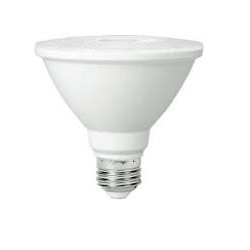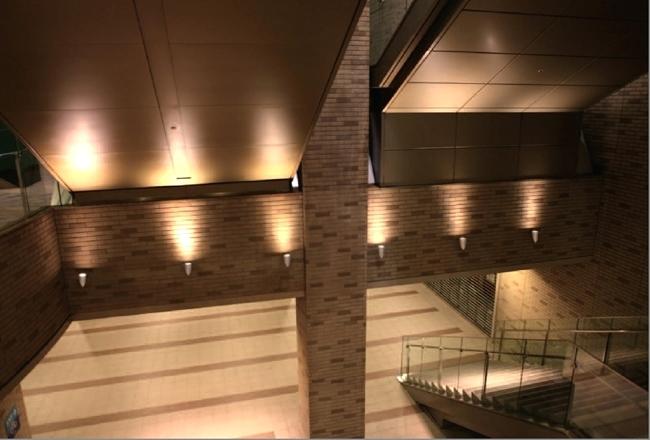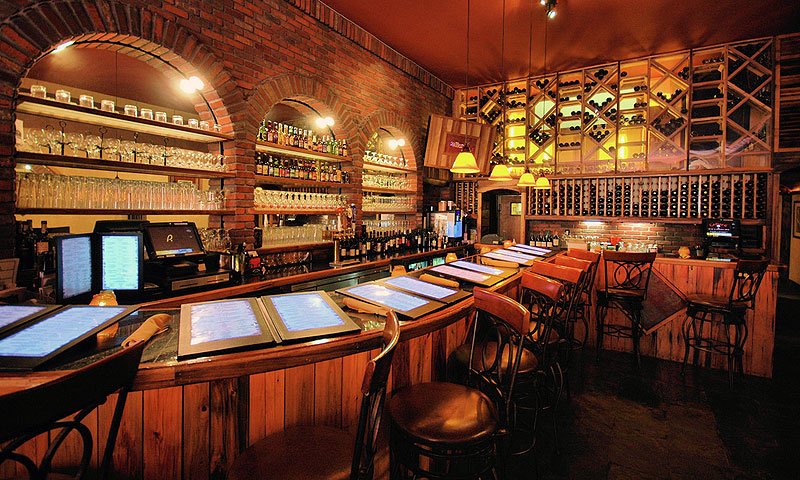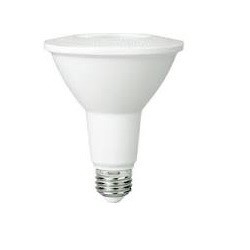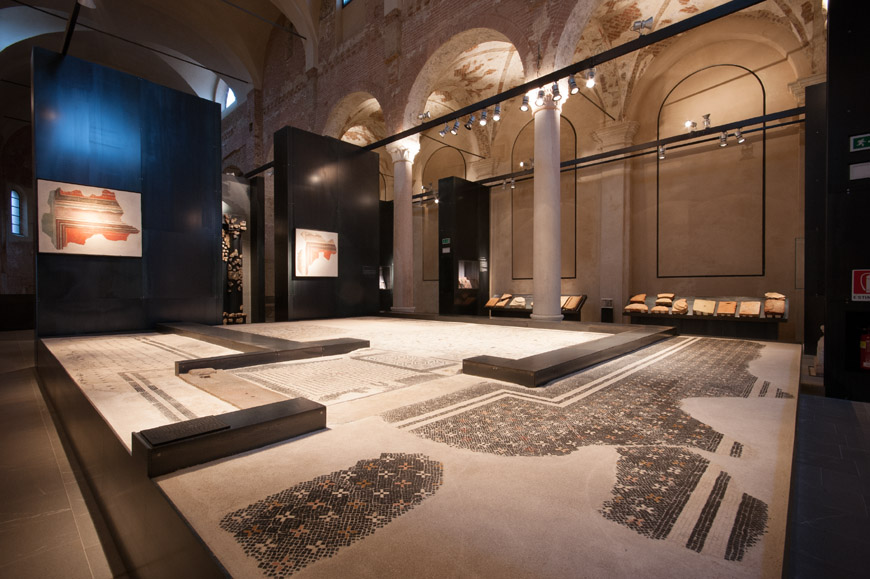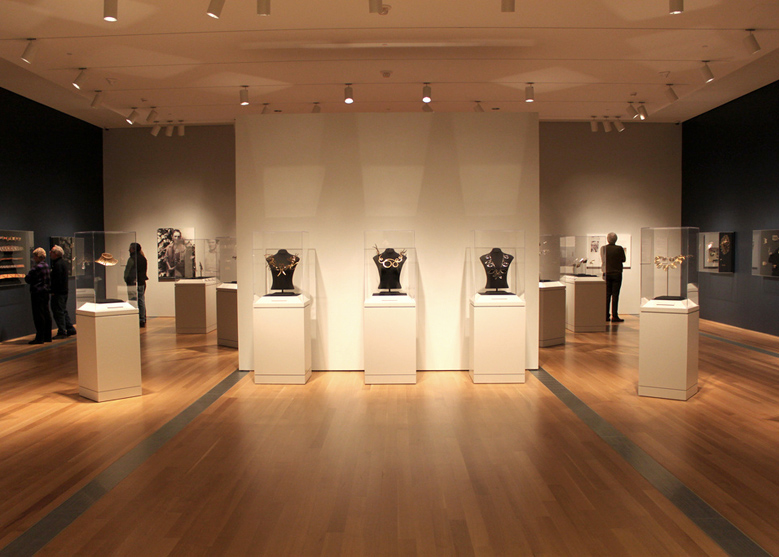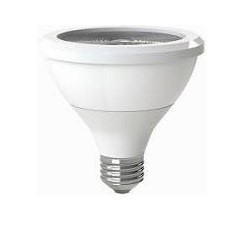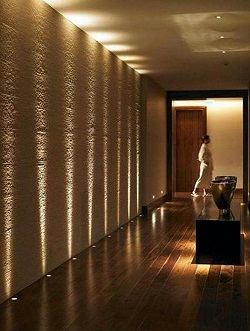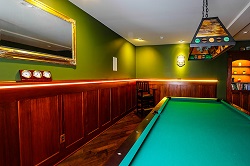What are PAR30 LED Light Bulbs Used For?
PAR30 bulbs were once thought of as the middle child of spotlight LED bulbs. While once used primarily for outdoor lights, nowadays many contractors are switching to PAR 30 bulbs for both indoor and outdoor lighting applications.
Whether directly replacing old incandescent and Metal Halide lamps, or retrofitting all your light bulb fixtures to use energy efficient LED Bulbs, HomElectrical will show you how to select the right LED PAR30 bulb to make sure you know exactly what you need for your next lighting project.
What is a LED PAR30 Bulb?
An LED PAR30 bulb helps control light in a precise or designated space to produce a concentrated light intensity. Due to the directional nature of the light, LED PAR30 bulbs are ideal for recessed cans, track lights, downlight fixtures, and up lights.
Recommended Products

These types of lights are commonly used in offices, retail stores, museum displays, restaurants, and outdoor lighting. Unlike smaller PAR16 and PAR20 bulbs, PAR30 LED bulbs provide a wider beam angle, making them perfect for both spot and flood lighting.
PAR30, PAR20, and PAR16 bulbs are great replacements for incandescent bulbs but can easily replace other LED bulbs, such as BR (Bulged Reflector) bulbs. PAR Bulbs and BR bulbs are virtually interchangeable as far as the fixture, but the type of light they produce is much different.
For example, you could swap out your BR bulb with a PAR bulb if you were looking for a sharp, focused light to illuminate a single object like a painting. A BR bulb would work better in a common area such as an auditorium since the BR Bulb provides a general wall wash effect.
BR Spot Light BR Flood Light

If you’d like to learn more about BR Bulbs click here. But now, let’s look at a few ways PAR30 Bulbs are more diverse than you think.
How are Light Bulbs Measured?

The number on a LED PAR bulb refers the diameter of the lamp measured in terms by eighths of an inch. This number can be easily converted to inches by multiplying the PAR number x 1/8 (0.125). In this case a PAR30 bulb has 3.75-inch diameter. These bulbs are extremely versatile and can be used in both indoor and outdoor fixtures.
Most Common LED PAR Bulbs
PAR | DIAMETER |
16 | 2 inches |
20 | 2.5 inches |
30 | 3.75 inches |
36 | 4.5 inches |
38 | 4.75 inches |
What are the Base Types for LED PAR30 Bulbs?
We mentioned that LED PAR20 Bulbs are similar in diameter to the PAR16 bulbs. The PAR30 bulb, however, is almost two sizes bigger. While a PAR30, PAR20, and a PAR16 bulb can have very similar color temperature options, lumen outputs, and wattages, the main difference with a PAR 30 bulb is the beam spread and the bulb dimension. This is important when determining which fixture you should use.
In addition to variables in lighting display and dimensions, PAR30 bulbs have two bulb base types to choose from:
LED PAR30 E26 Base | LED PAR30 Bi-Pin Base |

The base type helps determine which light fixture your bulb will fit in. However, the size of the bulb itself can delegate whether you can use an open or enclosed fixture.
Most LED PAR30 bulbs come with a standard E26 medium base but can be adjusted depending on your fixture. For example, if you currently have a BR30 light fixture with a G10 (bi-pin) socket type, you could replace it with a PAR30 GU10.
Just make sure it is an open fixture because PAR30 bulbs are slightly longer than MR16 bulbs. The type of base will vary from manufacturer and the specific application.
Most Common Base Types
- Edison Series
- GU Series
What is the Beam Angle for an LED PAR30 Bulb?
The beam angle of PAR30 bulbs is on the larger size; however, some can be as narrow as 40 degrees. The most common beam angle is “Narrow Flood” and is designed for recessed can lighting due to its directional spot light.
The PAR30 bulb is an excellent choice for offices, conference rooms, and other commercial applications where downlighting is desired.
Angle Description | PAR Angle |
Very Narrow | 15° |
Narrow Spot | 16° - 30° |
Spot | 30° - 60° |
Narrow Flood | 61° - 90° |
Wide Flood | 91°- 120° |
Very Wide Flood | 160° |
LED PAR30 Bulbs: Understanding Wattage and Brightness
Wattage and brightness are often misunderstood. While most people think that the higher the wattage is, the brighter the bulb will be, this is incorrect!
- The wattage of a light bulb only refers to how much power and energy the bulb is using.
- The actual brightness of a light bulb is determined solely by the lumen output.
- The bulb’s dimensions does not influence the brightness.
- There are many different bulb options. This is what makes the PAR30 bulb such a viable replacement.
Use the chart below to know exactly what bulb you need to replace your old incandescent bulbs.
Incandescent Light Bulb (watts) | LED (watts) | Lumens |
40W | 2-5W | 0-450 |
60W | 6-9W | 500-850 |
75W | 11-14W | 900-1150 |
100W | 15-17W | 1200-1650 |
What is the Color Temperature for LED PAR30 Bulbs?

The hue, or actual appearance of a light bulb, is determined by its color temperature; not how bright the light is. Because PAR bulbs use reflectors, these light bulbs typically have higher CCT and lumen outputs. This makes PAR30 bulbs great for track lighting and display lighting.
The most common color temperatures:
- Soft White: 2700K-3000K
- Bright White/ Cool White: 3500K-4100K
- Daylight: 5000K-6500K
Another common mistake is consumers confusing brightness with the color temperature (CCT) of a light bulb. The higher the CCT rating, the warmer the color temperature, which makes the bulb appear whiter.
Ideal Applications for LED PAR30 Bulbs
Many people are switching to PAR30 bulbs because they are versatile in application. In addition to size, they have three different neck applications that can be used in specific locations. A PAR30 bulb offers as many CCT options as its larger counterpart but with varied neck lengths they can be utilized in many more ways.
Applications | Features | Fixtures | |
|
|
|
|
Long Neck LED Bulb | Applications | Features | Fixtures |
|
|
|
|
Standard Neck Bulb | Applications | Features | Fixtures |
|
|
|
|
Recommended Reading
LED PAR bulbs come in a wide variety of size options which suit many different applications. Search our vast collection of LED PAR bulbs to find the perfect bulb for your space.
Replacing LED bulbs seems confusing at first because LED bulbs use significantly less wattage than their incandescent counterparts while emitting the same amount of brightness. Learn the wattage equivalents of incandescent and LED bulbs to make sure you replace your incandescent bulbs with the correct LED.
LED PAR Bulbs provide an energy efficient and cost effective alternative to other types of light bulbs and require very little maintenance. Learn more about LED PAR bulbs!
Different beam angles work for different situations. The farther the light fixture from the targeted area, the smaller the beam requirements you need.
Recommended Products
Receive special deals and more, right to your inbox
Receive special deals and more, right to your inbox





